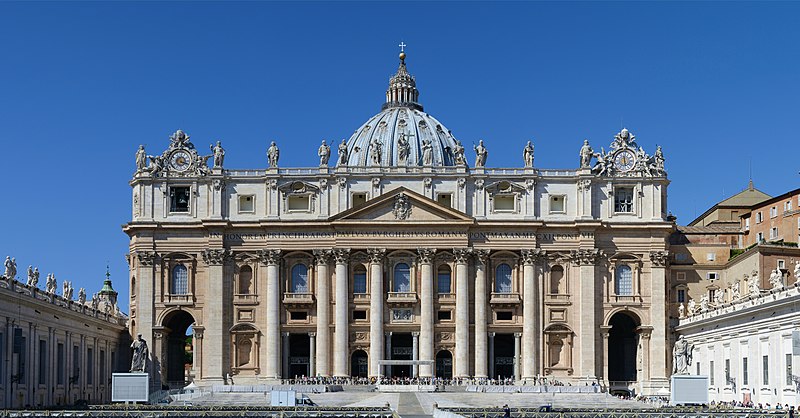Info Box: Renaissance in Architecture

RENAISSANCE IN ARCHITECTURE
Renaissance architecture, which emerged in Italy, replaced the Gothic style in a period generally defined as between the years 1400 and 1600. During this period, the use of classical orders, precise height and width ratios is prominent in buildings. In all of this, there is also a search for symmetry, proportion and harmony. The best examples of this movement are again in Italy: Basilica di San Pietro in the Vatican, the Roman Temple and the dome of the Florence Cathedral are works that have become symbols of the Renaissance movement.
Philippo Brunelleschi, (1377-1446), who conducted research on proportion and perspective in architecture, is one of the most important artsits in architecture of the Italian Renaissance. The Pazzi Chapel (1420), built by him in Florence, clearly reveals the architectural understanding of the movement. Brunelleschi has handled the horizontal-vertical contrast in a striking way in this small structure. Another significant Brunelleschi structure is the Ospedale degli Innocenti. It’s one of the first Renaissance examples in architecture. Brunelleschi started the construction of this building in 1419 and included many forms of classical and Romanesque understanding on the porticoed façade of the building. Horizontal lines on the facade, round arches, thin columns, harmony and simplicity in the window arrangement are among the basic features of Renaissance architecture.
Leon Battista Alberti (1404-1472), a contemporary of Brunelleschi, was also an architect who worked in the theoretical field of Renaissance. His book “De Re Aedificatoria” is one of the greatest works in architecture. Alberti comes from a wealthy family, and the Palazzo Ruccelai (circa 1446) he built in Florence, is the palace of one of the wealthy families of the region. The building was also used as a city council at that time.
The visual balance, strict sense of order and harmonious proportions that we see in all these buildings were among the basic principles of Renaissance architecture. In many ways, Renaissance architecture represents a return to Italy’s roots and is therefore particularly important to Italian architects.


Nazperi YILMAZ



